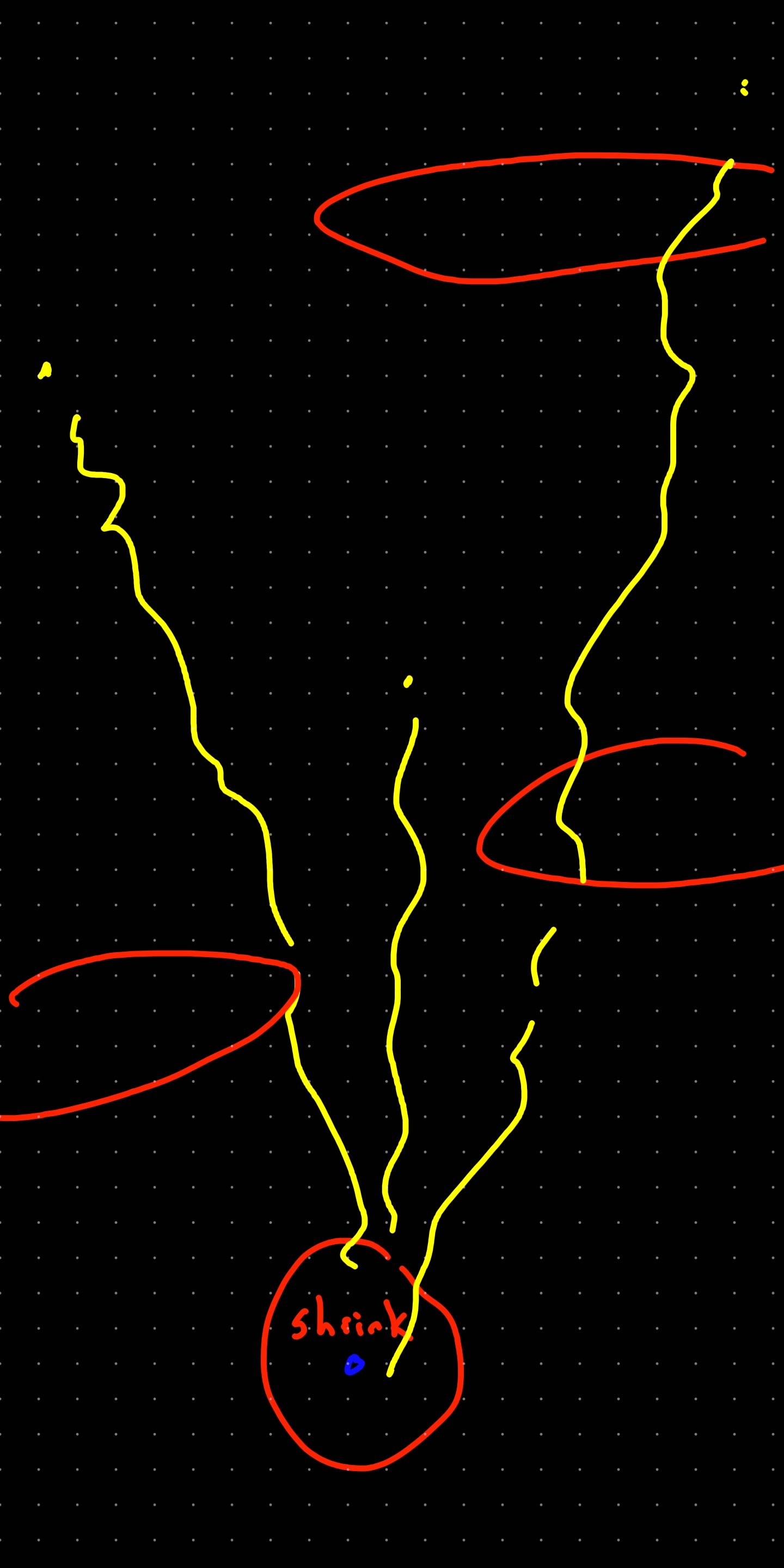If we were shrinking galaxies that are further away would appear to move away from us at the same rate as closer galaxies. That is not the case. The further away something is the faster it moves away from us. This is very well explained by an expanding universe. Us shrinking doesn’t fit the observations.
This was a challenging one. Sorry, I just enjoy enjoy going down these thought rabbit holes. So the only thing I could come up with is if there were areas of localized shrinking the light furthest away from us has a higher probability traveling through these zones.

Expanding means that the objects (stars, galaxies and stuff) are moving further apart, not that any of them is growing on it’s own. Think of a raisin muffin. Before baking all raisins are relatively close but at the end, they moved further away. It’s not that “the other” raisins grow, they are just further away. What grow is the space between them (or dough to stay in the metaphor)
Are they moving apart or are we moving further away by becoming smaller?
Shrinking would require multiple physical constants to change. Even worse, they would have to change in perfect lockstep. Any deviation would radically affect chemistry.
Can you describe what mechanism of shrinking you’re referring to? I assume you’re talking about some sort of compression where atoms remain the same size but get closer together.
That wouldn’t work. You would need to change the orbital sizes, bonding forces (EM strong and weak, at least), and flow of time exactly in lockstep. Any deviation would show up in quantum mechanical experiments. None of these appear to have simple relationships to each other. It would be a huge new lump of physics to allow this to happen.
The more likely explanation is that space has a very slight tendency to expand. It would need intergalactic (not just interstellar) distances to be detectable. We also know that (very strongly suspect) that space expanded rapidly in the very early universe. Space then collapsed into a cooler, more stable state. It was initially thought the expansion tapered off to zero, but it might be slightly positive still.
I’m asking you.
You’re the one who made the suggestion, I’m just pointing out the problems you would need to overcome.
I’m asking are you suggesting it’s a compression were talking about?


